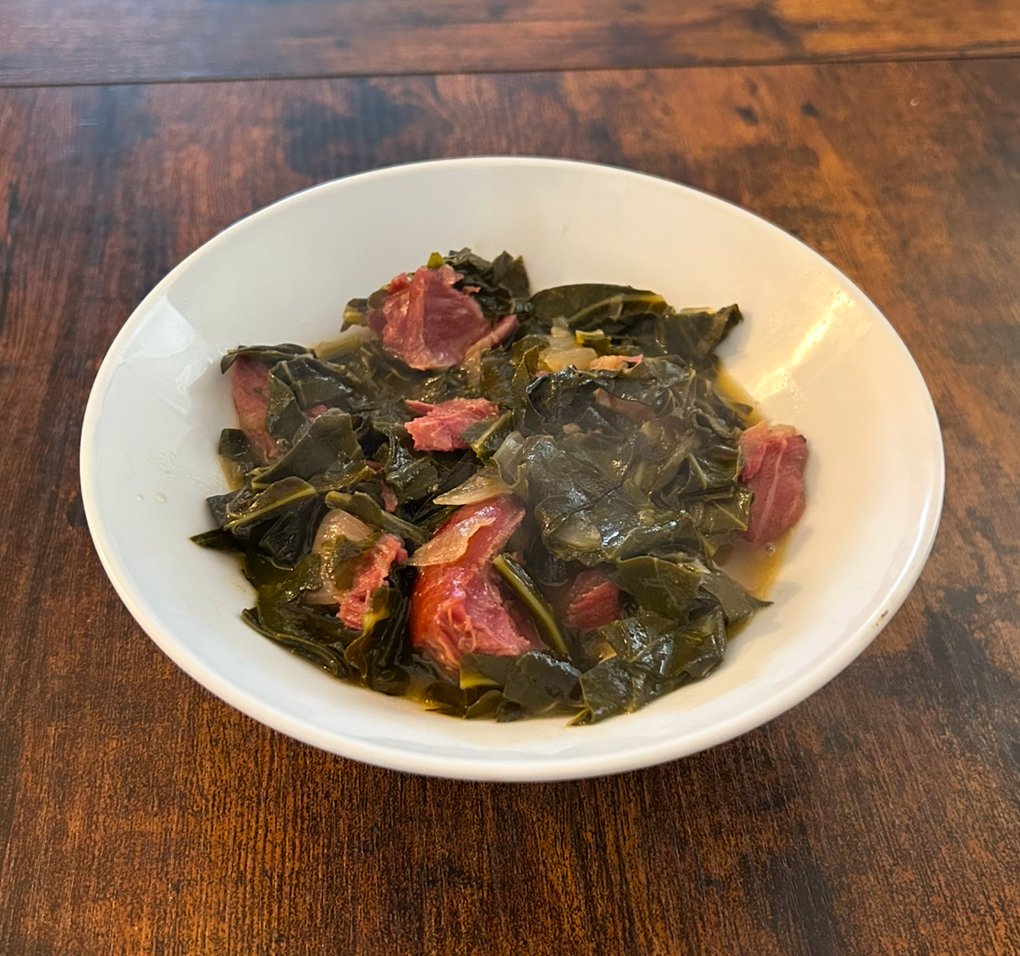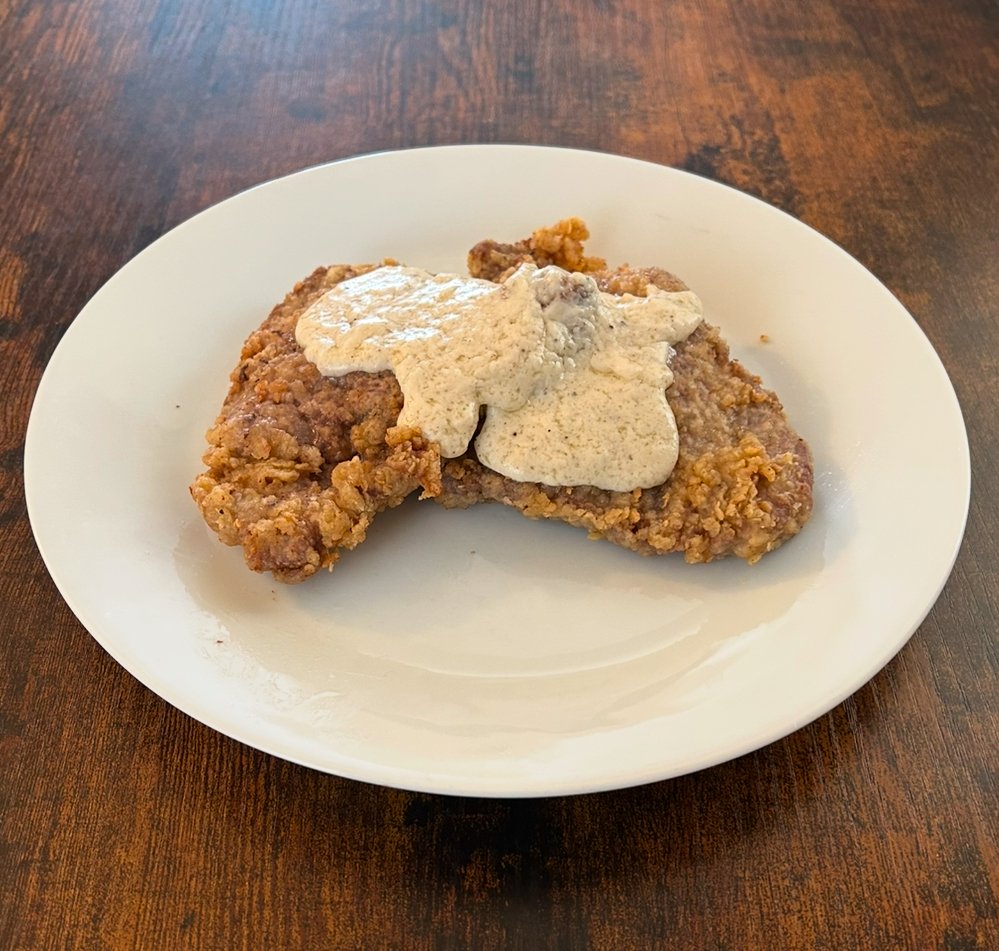Southern & Soul Food
Of all the styles of regional American cooking, southern cuisine may be the most varied. As an overview, it is safe to say that an broader “Southern” cuisine does exist, with some notable features including:
Foods like fried chicken, barbecue, collard greens, fried green tomatoes, grits, cornbread and biscuits
The heavy use of pork, cornmeal and seasonal vegetables
Simple and hearty meals
However, there are many sub-sets of southern cuisine that have their own unique aspects and dishes. You can read more about these sub-regional styles of cooking below:
Soul Food
Evolved from the style of food that African slaves in the rural south prepared
Characterized by resourcefulness: this cooking style features many less-desirable cuts of meat, has more spicy heat and uses meat drippings to cook seasonal vegetables
While commonly associated with the American South, soul food has a strong identity independent of geography; northern cities such as New York City and Philadelphia host a thriving soul food scene
Gullah
Refers to the cuisine in the strip of coastal land from North Carolina to Florida
Named after the Gullah Geechee, the descendants of the slaves who used to work the plantations in this strip of land
Dishes feature local seafood, rice, local produce and other West African ingredients such as okra, watermelon, greens, sweet potatoes and more
Read more about Gullah cuisine here
Mississippi Delta
Shaped by rural poverty, African, Latino and broader Southern cuisines
Common dishes include barbecue, fried catfish, hot tamales and other Southern staples
Cajun
Distinct from Creole cuisine - although both originate from French-speaking Louisiana, the dishes and techniques differ somewhat
Creole is city cooking and Cajun is country cooking - Cajun tends to feature more pork and crawfish, while Creole features more coastal seafood
Tends to be spicier and relies more on roux as a thickening agent for soups and stews
Read more about Cajun cuisine here















